Little Mermaid Dies at the End & Other Disney Movies That Should Have Had Darker Endings
2023's The Little Mermaid might be a bit different from the original movie, but both follow in the long tradition of Disney changing tragic endings for the happier.
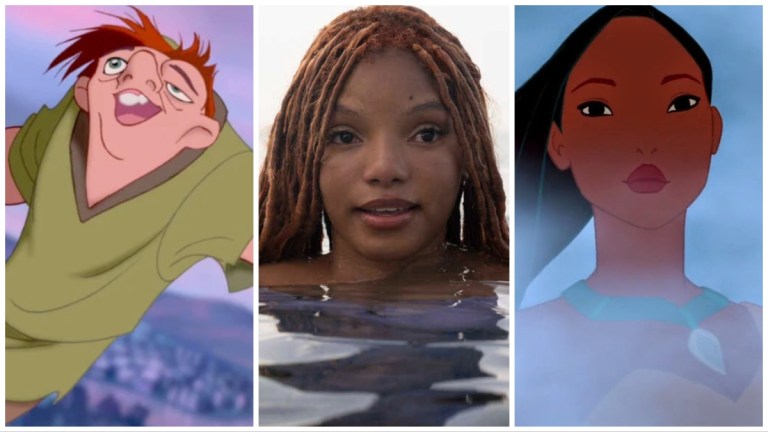
Disney animation is famous for producing movies that are sweet, magical, romantic, and have uplifting happy endings that the whole family can enjoy. But if you go back to the source material they generally ignored, it turns out a lot of those childhood favorites should have had endings that were… different. Darker. Sadder. Sometimes even murder-y.
Like these…

The Little Mermaid
The Little Mermaid is based on a story by 19th century Danish author Hans Christian Andersen. A lot of the details are pretty similar. A little mermaid who loves human things rescues and then falls in love with a human prince. She asks a sea witch to give her legs while sacrificing her voice to the witch in order to become human. However, the prince thinks another woman rescued him and agrees to marry her instead of the former mermaid. It is a relatively faithful adaptation for the most part.
However, Andersen’s idea of a happy ending was a bit different to Disney’s. In his story, mermaids live for 300 years and then turn into sea foam. Humans, on the other hand, live a shorter time but have eternal souls and go to heaven after they die. The Little Mermaid will gain a soul if she marries the prince, but if he marries someone else, she will die and become sea foam. When he does marry the human woman he thinks is her, she is given a chance to become a mermaid again by murdering him but refuses. Because she was selfless, she then becomes a spirit of the air—not quite dead or alive. But if she does good deeds for humans for 300 years, she can earn an eternal soul of her own.
So, basically, she dies at the end and goes to a 300-year purgatory. The prince marries someone else and the sea witch lives happily ever after. Oh, and did we mention that the entire time she’s a human, every time she walks or dances, it feels like she is walking on knives? Yeah, that happens too.

Frozen
The story of Frozen is so very different from its loose inspiration, Andersen’s The Snow Queen, that we do not have room for a full comparison here. It is almost more interesting to list some of the small things Frozen did take from Andersen’s story, like a girl being flung from summer into winter with no warm clothes, or a princess looking for a husband.
Andersen’s The Snow Queen actually does have a proper happy ending, in which young Gerda is able to save her childhood friend Kai from the Snow Queen and melt the evil mirror fragments in his heart and eye with her love. All is well that ends well. So it is Disney’s decision to make the Snow Queen one of the heroes instead of a purely evil villain that means it would have had a “darker” ending if it had followed the rest of the story a bit more closely.
Basically, Elsa should have kidnapped a young boy to keep her company in her ice palace, only for him to disappear on her while she’s away bringing snow to Italian volcanoes (yes, really), leaving her alone with nothing but her snow-bees for company.
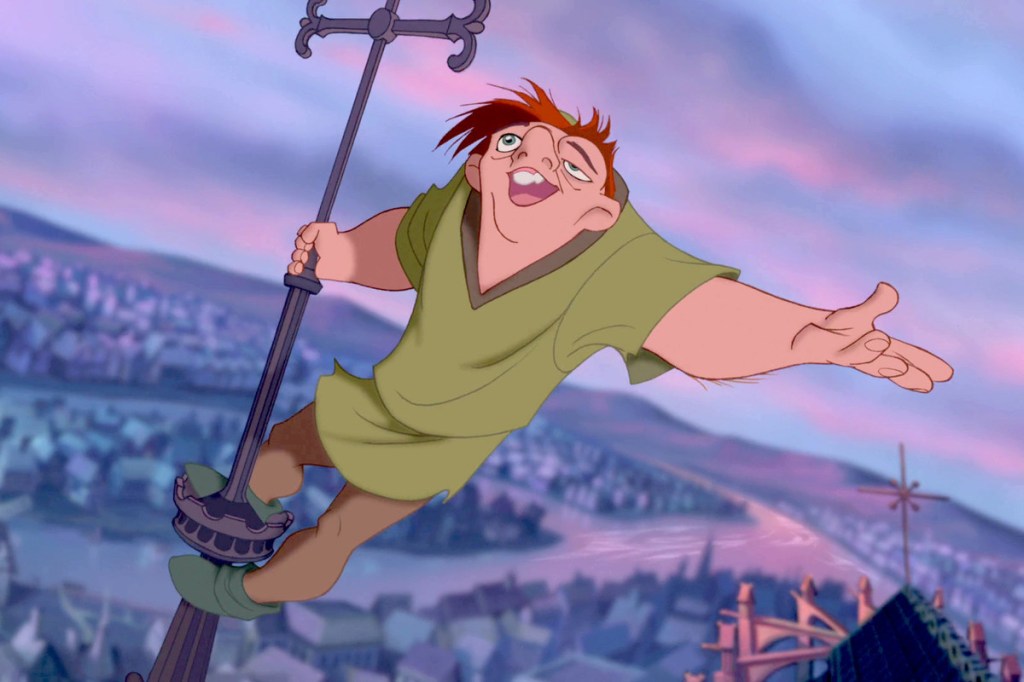
The Hunchback of Notre Dame
The Hunchback of Notre Dame is already one of the most shockingly dark Disney animated classics. It even features a bittersweet conclusion by Disney standards, with Quasimodo accepting that Esmerelda loves Phoebus. Still, he leaves the cathedral for a life of his own. That sense of disappointment for Quasimodo is only the tip of the iceberg, however. Disney’s 1996 film opens with the murder of a young mother and the near-murder of a baby; and the movie has an entire song dedicated to one man’s lust for a woman who does not want him, and his desire to see her dead if he cannot be with her. Family stuff!
It is worth remembering though that author Victor Hugo’s other best-known work is literally titled The Miserable Ones. And the ending of Les Misérables is positively cheerful compared to The Hunchback of Notre Dame. In a brief summary: Frollo, who is a priest on the page instead of a judge, stabs Phoebus and blames the teenaged Esmerelda for his crimes because she will not give herself to him. Esmeralda is sentenced to death for attempted murder. Esmerelda unexpectedly finds her birth mother, who is immediately killed trying to save her daughter.
Esmerelda is also hanged, and in his despair Quasimodo pushes Frollo off the cathedral to his death. Quasimodo’s skeleton is found centuries later embracing Esmerelda’s corpse among the ruins of unmarked graves.
There aren’t any living gargoyles in the novel, either.
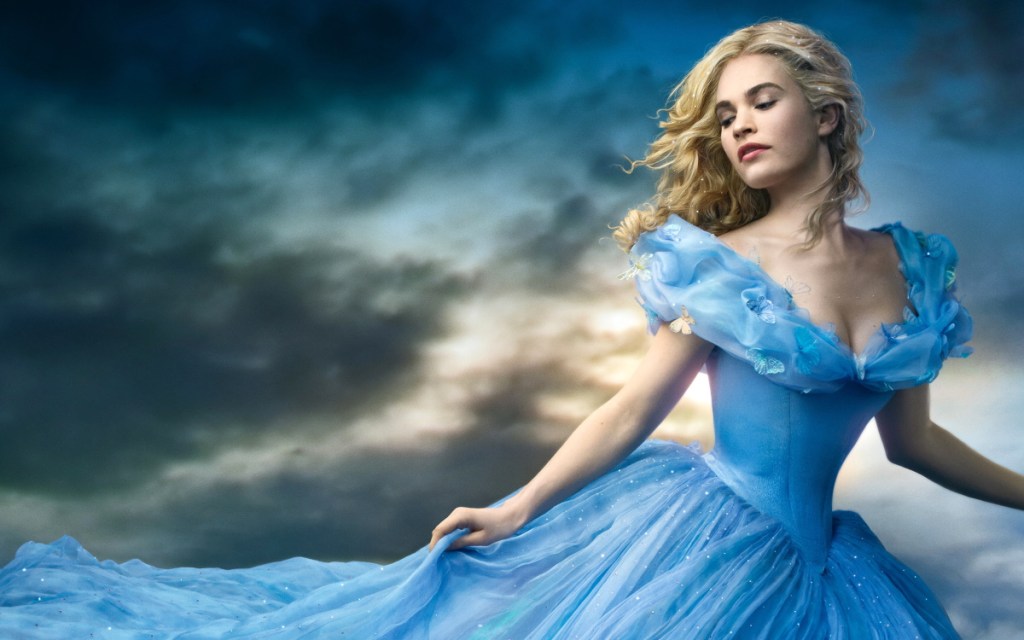
Cinderella
Moving away from stories written by a specific, named author, filmmakers have a bit more flexibility when it comes to myth and folklore. There are usually lots of different versions of these stories around, and they can pick and choose which bits they want to focus on. So it will surprise nobody that Disney tends to go for the softer and lighter version and leave out the… nastier bits.
There are an incredible number of different versions of Cinderella to choose from, from all over the world. Two of the best known are Charles Perrault’s French version in 1697, and Jacob and Wilhelm Grimm’s German version, which was originally published in 1812 but released in a second edition with an added coda in 1819. Disney’s film is a fairly close adaptation of Perrault’s version, which includes the fairy godmother, the pumpkin turned into a coach, mice turned into horses, lizards turned into footmen, and the prince searching for the foot that fits the glass slipper she left behind.
If they had chosen the Grimm brothers’ version, however, the tone of the film would have been quite different, as the brothers’ stories were often coincidentally as grim as their name. Never mind that she gets her clothes and shoes from birds hanging around her mother’s grave or that her slipper is golden rather than glass. More to the point, one stepsister cuts off her toe in an attempt to fit the golden slipper, and the other cuts off a part of her heel.
And in the second edition coda, Cinderella’s bird friends peck out their eyes to punish them for how they treated Cinderella. Granted, Cinderella and the prince still have their happy ending, but this hardly seems a proportionate punishment for teenage bullying.
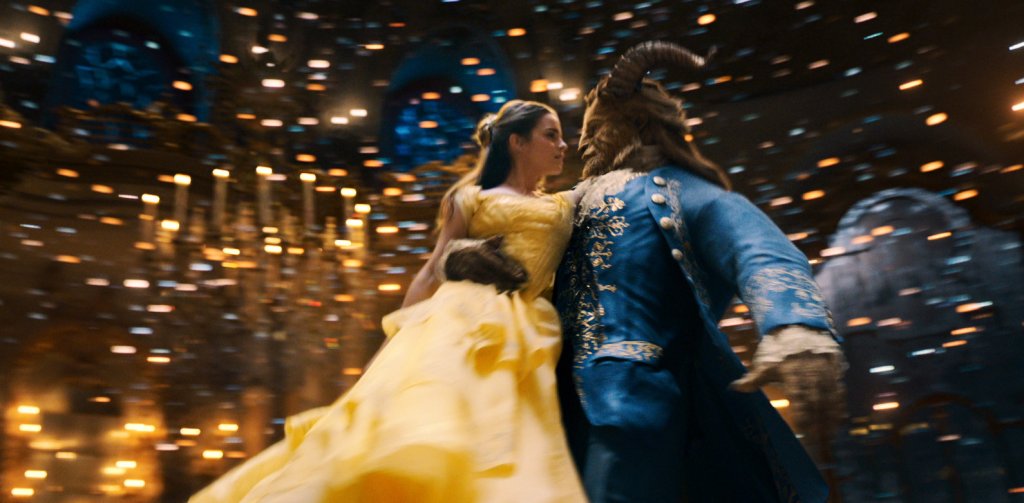
Beauty and the Beast
The issue with Disney’s Beauty and the Beast is not the changes made from other versions. The story is reasonably close to the version told by Jeanne-Marie LePrince de Beaumont in French in 1757. The issue is the decision to set both the animated classic from 1991 and the live-action version from 2017 in France around the 1740s.
You see, France had a revolution between 1789 and 1799. You might have heard of it. The King, Louis XVI, was executed in 1793 and from 1793-1794, the Reign of Terror saw approximately 26,000 people executed or massacred, many of them members of the French nobility sent straight to the guillotine.
The Beast is referred to as a “prince” in the story, but since the real life French princes of the time are all well known, and none of them married a mysterious woman called Belle, we can probably assume this is a fairytale convention and does not refer to a specific member of the royal family. Even so, the Beast has an enormous castle in a small provincial town in France in the 1740s and is clearly a member of the aristocracy. He and Belle probably have a good few decades ahead of them, but their children, if they have any, are going to struggle to keep their heads on their shoulders.
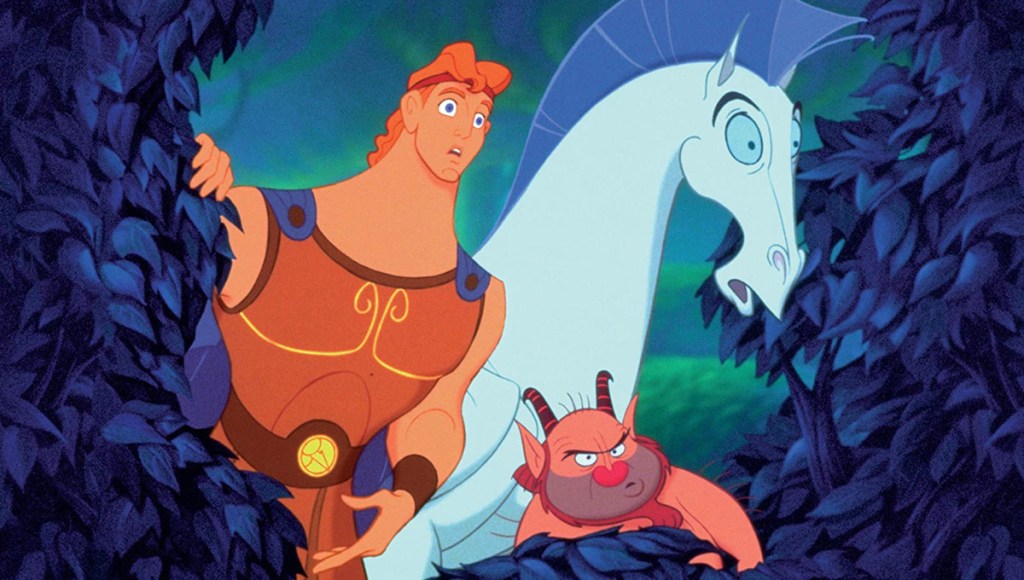
Hercules
There are lots of different versions of the myths surrounding Hercules, but they all agree on one thing: Hercules murdered his first wife, Megara, and all their children.
Usually he does so while in a fit of madness caused by the goddess Hera. Zeus’ sister/wife hated Hercules because he was a living reminder of one of her brother-husband’s many infidelities (Zeus had disguised himself as the human woman Alcmene’s husband Amphytrion to sleep with her). Hera persecuted Hercules in various ways throughout his life, but driving him mad and causing him to murder his first wife, Meg, and all their children together was undoubtedly the worst. In most versions, Hercules carries out his famous Twelve Labors to atone for this terrible crime.
If you read children’s retellings of Greek mythology as a child, you may now be realizing that they weren’t really Greek mythology.
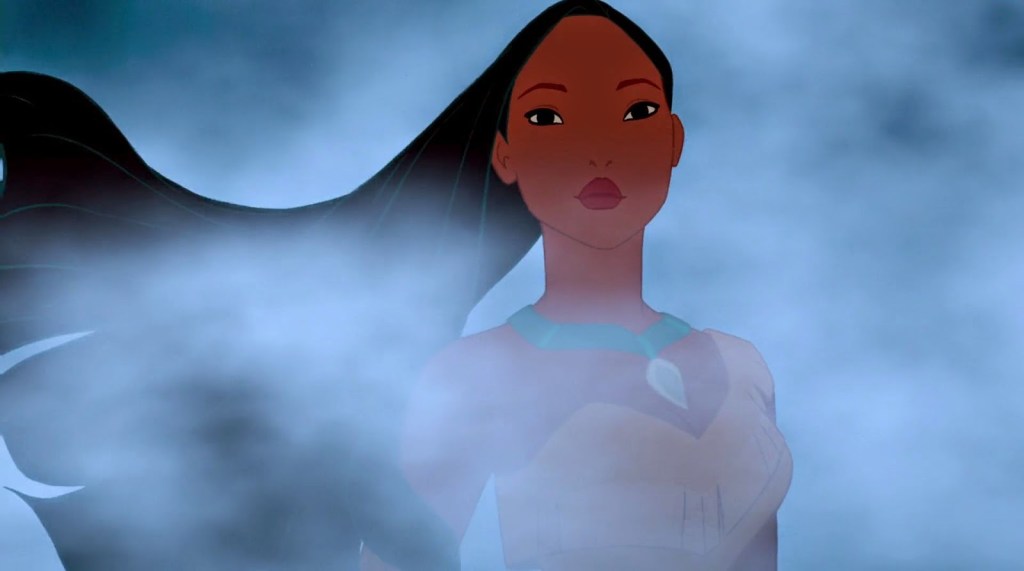
Pocahontas
This one is a sad story, because of course it involves a real person. A real, historically documented person with a gravesite rather than a largely fictional folk hero like Robin Hood or Mulan.
Pocahontas was friendly with John Smith when she was a child, so although the story of their friendship is at least partly true, it was not romantic. After Smith returned to England when she was aged about 17, Pocahontas was captured and held for ransom by English colonists and “encouraged” to convert to Christianity.
In 1614 she married Englishman John Rolfe and in 1615 she had a son, Thomas. But she died aged only 20 or 21 of unknown causes in 1617 while abroad in England where she was being presented to court. She was buried in the aptly named English town of Gravesend. Her son lived and her great-grandson had lots of children, who all had lots of children, so the only bit of light in the story is that she has many descendants still alive today, including, oddly enough, well-known actor Edward Norton.
Also, quite apart from Pocahontas’ own life story, the entire history of the treatment of Native American people by white settlers is pretty dark and depressing. In the long term, the future is not looking bright for anyone in the film.

The Lion King
The Lion King is only loosely inspired by Shakespeare’s Hamlet (which is itself a re-telling of an older story with likely Viking roots), so perhaps it is a bit unfair to suggest it should have followed Hamlet’s ending. But what if it had? It would have looked something like this:
Simba accidentally kills Nala’s father because he thinks he is Scar, and Nala becomes completely unstable and dies by suicide. Nala’s brother turns up and challenges Simba to a duel. During the duel, Sarabi takes poison that Scar left for Simba and dies, and in a rage Simba finally kills Scar as revenge. He and Nala’s brother are both mortally wounded from their duel though, with each promptly dying after Scar’s death. Only then does a messenger arrive to confirm that the King of England has had Timon and Pumbaa executed. The only survivors are Zazu and Rafiki.
They were probably wise not to go with that version.
